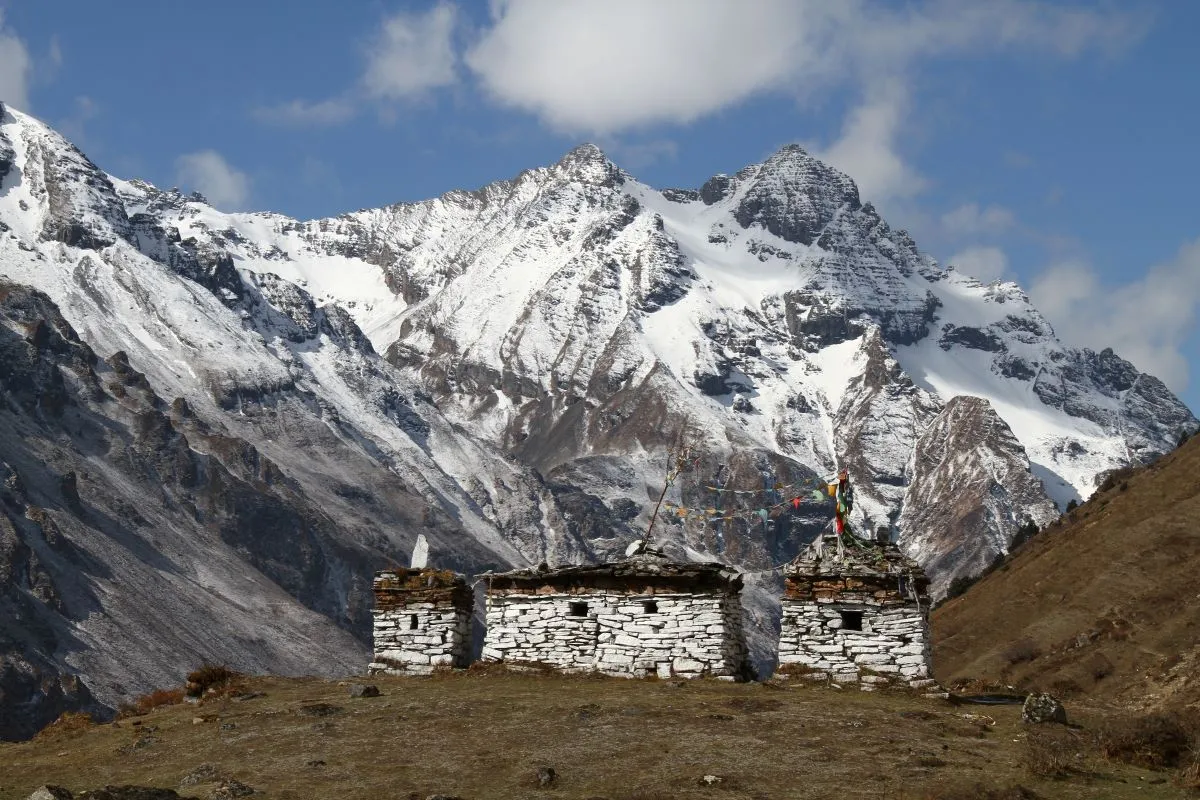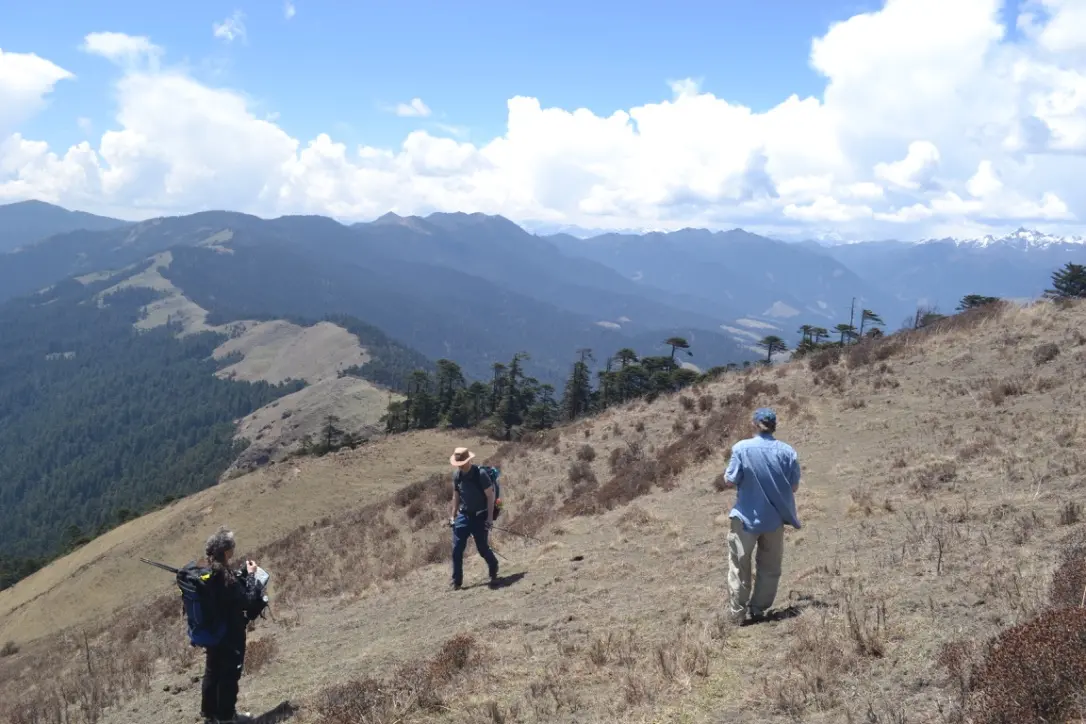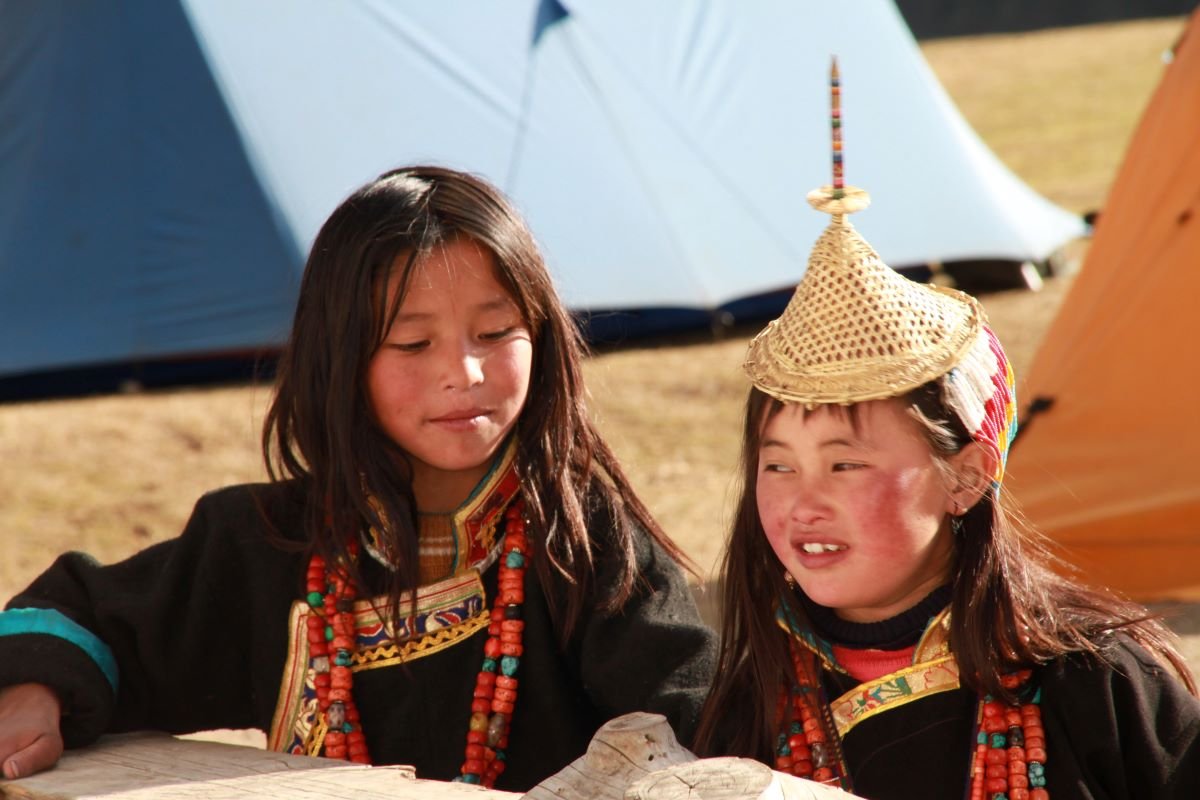Nestled in the extreme northwest of Bhutan, Gasa is a captivating region of towering mountains, glacial lakes, and pristine natural beauty. Spanning an elevation range from 1,500 meters to 7,200 meters, Gasa holds a significant place in Bhutanese history, culture, and biodiversity. This remote area is not only known for its stunning landscapes but also for its historical importance, unique highland culture, and the welcoming warmth of its people. The region is home to some of Bhutan’s most difficult and beautiful trekking trails, offering visitors a rare opportunity to explore one of the most exotic and untouched terrains in the country.
Historical Significance

Gasa’s importance in Bhutanese history dates back to the early 17th century when Zhabdrung Ngawang Namgyal, one of Bhutan’s most revered spiritual and political leaders, entered Bhutan via Gasa. It was through this region that the first Druk Desi, Tenzin Drugyel, came to power, hailing from the well-known Hobtsho Lams house in Gasa. The region has long been considered a gateway for important figures, and its remote location has preserved a sense of mysticism and uniqueness over the centuries. The town of Gasa itself was built in 1646, further solidifying its deep historical roots.
Natural Splendor and Biodiversity
Gasa’s natural beauty is simply unmatched. The entire district is located within the boundaries of the Jigme Dorji National Park, Bhutan’s largest and most diverse protected area. The park’s rich biodiversity supports a variety of flora and fauna, some of which are found nowhere else in the world. The Gasa Himalayas are home to some of the tallest peaks in Bhutan, with towering mountain ranges that form an awe-inspiring backdrop to the lush valleys below. Among these peaks are over a hundred glacial lakes that feed into the Pho Chhu and Mo Chhu rivers, which flow through the Punakha Valley. These glaciers not only sustain the rivers but also provide vital resources to the local communities who depend on them for agriculture and drinking water.
A Remote Highland Community
Gasa is known for its remote and isolated highland communities. The district is home to only around 3,000 inhabitants, most of whom live in small, scattered villages throughout the region. These communities have maintained a lifestyle largely unaffected by the hustle and bustle of urban life, preserving ancient traditions and customs. The people of Gasa are primarily herders, known for their yak farming, and they have a unique cultural identity that is deeply intertwined with the harsh yet beautiful environment in which they live.
The locals of Gasa are known for their extraordinary craftsmanship, particularly in the making of yak hair textiles. This material, which is harvested from the region’s yak herds, is woven into intricate patterns to create warm, durable garments that are essential for surviving the region’s long, harsh winters. These textiles are highly valued not only within Bhutan but also in neighboring regions, contributing to the region’s economy.
Famed Trekking Trails

Gasa’s rugged terrain, while challenging, offers some of the most exhilarating trekking experiences in Bhutan. The Snowman Trek, one of the most famous and challenging treks in Bhutan, passes through Gasa. The trek takes adventurers across some of the highest passes in the Himalayas, including remote valleys, pristine forests, and high-altitude lakes. The trek typically spans around 25 days and covers some of the most stunning scenery in Bhutan, offering a true test of endurance for those seeking an adventure off the beaten path.
For those looking for less strenuous but equally rewarding treks, Gasa offers a variety of other trails that wind through the district’s vast wilderness, showcasing the grandeur of the Himalayas and the serenity of the alpine environment. The treks are not only physically demanding but also spiritually uplifting, as they pass through sacred sites and monasteries that are integral to Bhutanese culture.
Healing Hot Springs
Another highlight of Gasa is its famous hot springs, or tsachus, which are renowned for their therapeutic properties. These hot springs are said to have healing powers that help regenerate the body and soothe various ailments, making them an essential part of the local culture. The people of Gasa, as well as visitors from across Bhutan, often visit these springs to unwind and rejuvenate. The tsachus are situated in serene, natural settings, providing a peaceful and restorative atmosphere that complements the region’s natural beauty.
A Unique Culture

Gasa’s cultural heritage is unique and deeply rooted in its highland environment. The district is home to a distinct way of life, with traditions that have remained largely unchanged for centuries. The people of Gasa celebrate numerous festivals throughout the year, many of which are tied to the lunar calendar and the agricultural cycle. The festivals often feature traditional dances, music, and rituals that celebrate the region’s spiritual connection with nature.
The region is also known for its production of Cordyceps, a rare and highly valued medicinal fungus that grows in the high-altitude meadows. Harvested in the summer months, Cordyceps is prized for its alleged health benefits and is sold to both local and international markets, contributing to the region’s economy.
Best Time to Visit
The best time to visit Gasa is during the spring and autumn months when the weather is most favorable for trekking and outdoor activities. These seasons offer mild temperatures, clear skies, and stunning views of the snow-capped peaks and lush valleys. Spring is particularly beautiful as the region comes alive with blooming rhododendrons and other wildflowers, while autumn offers crisp air and vibrant foliage.
Conclusion
Gasa, Bhutan, is a hidden gem in the heart of the Himalayas, offering a unique blend of natural beauty, rich culture, and historical significance. The district’s remote location and challenging terrain make it one of the least explored regions in Bhutan, but it also ensures that its pristine landscapes and traditional way of life remain intact. From the healing hot springs and famous trekking trails to its distinctive culture and remarkable biodiversity, Gasa is a destination that promises an unforgettable experience for those seeking to explore the raw beauty of Bhutan’s highlands. Whether you are a history enthusiast, a nature lover, or an adventure seeker, Gasa has something extraordinary to offer.
Inclusion:
- Assistance on arrival at Bagdogra Airport
- Accommodation on twin sharing as per the hotels and rooms mentioned below.
- A/C SUV in india part and in Bhutan Part for throughout the trip
- Accommodation as per the listed hotels
- Transportation& sightseeing as per the itinerary.
- Daily Buffet Breakfast & Dinner
- English Speaking guide during your sightseeing in Paro, Thimphu and Punakha
- Bhutan E-Permits charges are included in the cost.
Exclusion:
- Flight Fare of any kind Not Included
- Entrance/Monument visiting fees
- Lunch
- Any alcoholic/nonalcoholic beverages
- Personalexpenses/shopping etc
- Outdoor activities (Cycling, River Rafting, Motor Biking, Horse Riding, Cultural Program, Sports etc.)
- GST 5%
- Anything that is not included in the cost is on additional cost.

